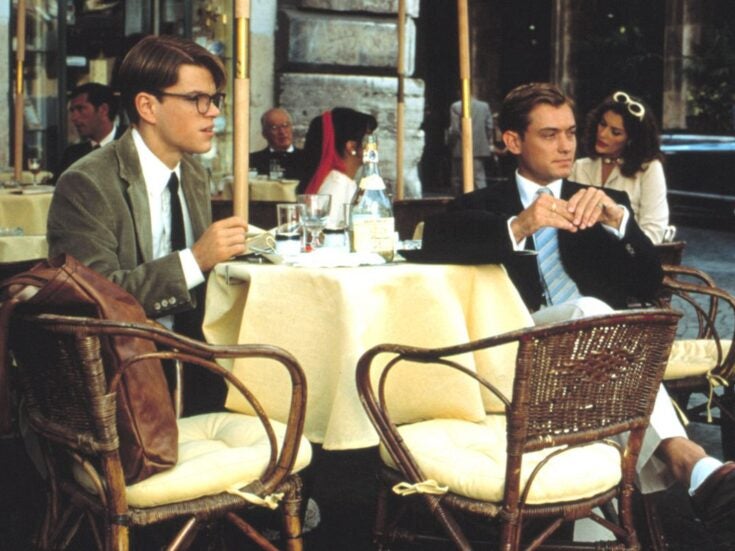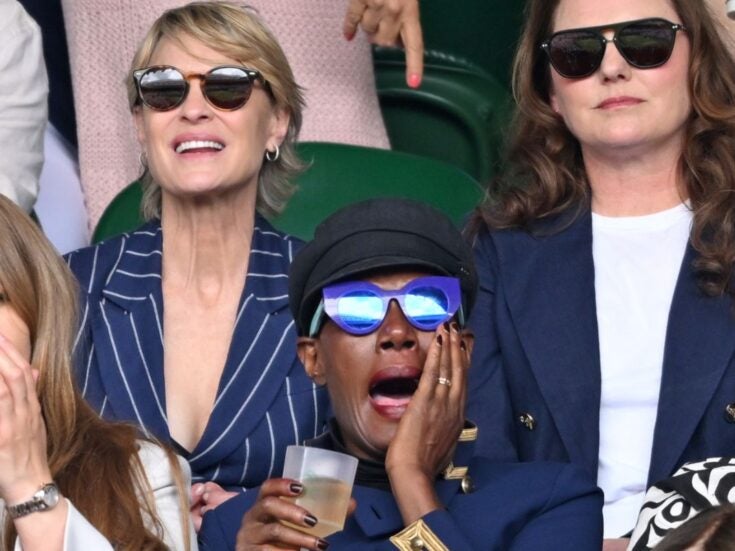The Paralympics start today but not every sport will be familiar to most viewers, and many sports which feature in the Olympics are adapted for Paralympians. Here is a quick guide to five you might not know
The Paralympics start today but not every sport will be familiar to most viewers, and many sports which feature in the Olympics are adapted for Paralympians. Here is a quick guide to five you might not know
Text from the London 2012 website
BOCCIA
Believed to have Ancient Greek origins, Boccia is a tough test of nerve, tactics and skill. Played on a rectangular court by individuals, pairs and teams, the sport offers both tension and excitement, as athletes aim to land balls close to a target ball, across a series of demanding ends. The sport is similar to boules or petanque.
The aim of the sport is to propel balls so they finish as close as possible to a special white target ball, known as the jack. Each player, pair or team gets six balls during each phase of a match, called an ‘end’.
GOALBALL
Since it was developed as a rehabilitation activity for injured soldiers returning from World War II, Goalball has spread around the world. Played by visually impaired athletes using a ball with bells inside, it is among the most exciting team sports on the Paralympic programme.
The aim is to score by rolling the ball at speed into the opposition’s goal, while the opposition attempts to block the ball with their bodies. Spectators must be quiet during play so that players can hear the ball (and each other), but they are free to cheer when a goal is scored. The team that scores the most goals is the winner.
WHEELCHAIR RUGBY
Wheelchair Rugby was invented in 1977 by a group of Canadian quadriplegic athletes, who were looking for an alternative to Wheelchair Basketball that would allow players with reduced arm and hand function to participate on equal terms. The sport they created, which incorporates some elements of Basketball, Handball and Ice Hockey, has since grown into a thrilling and intense spectacle, and is enormously popular with Paralympic spectators around the world.
The aim of Wheelchair Rugby is to take the ball over the opponent’s goal line – for this to count two wheels of the chair must cross the line, and the athlete must be in control of the ball, which may be held in their lap. Contact between wheelchairs is permitted, but physical contact is outlawed. From when they gain possession, a team has just 40 seconds to score a goal. The result is a fast-moving sport that requires plenty of skill and toughness from its athletes.
WHEELCHAIR FENCING
Although sword fighting dates back thousands of years, Fencing as we now understand it came of age as a sport in the 19th century. Developed in the years after World War II at Stoke Mandeville, the birthplace of the Paralympic Games, Wheelchair Fencing is a fierce, fast-moving battle of tactics and technique.
Fencing takes place on a piste measuring 4m x1.5m. Athletes compete in wheelchairs that are fixed into a frame fastened to the floor. This gives them freedom of movement in their upper bodies, while keeping them fixed in their chairs. The distance between the two fencers is determined by the athlete with the shorter arm reach, who decides if the distance between competitors will be set at the length of their opponent’s reach or their own.
ROAD CYCLING
Paralympic Cycling was originally developed as a sport for blind athletes, who first competed using tandem bicycles. Technological advancements have since opened up the sport to a wider range of athletes; as a result, it is now the third largest sport on the Paralympic programme.
There are four types of cycles used in Paralympic Cycling: – A tandem is used by athletes with visual impairment; the athlete sits on the back of the tandem with a sighted pilot at the front. – A hand cycle, as the name suggests, has pedals operated by hand. It has two wheels at the back and one at the front. – A tricycle is normally used by athletes whose balance would make them unable to race on a two-wheeled bicycle. – A bicycle is used by all other athletes, often with modifications.






